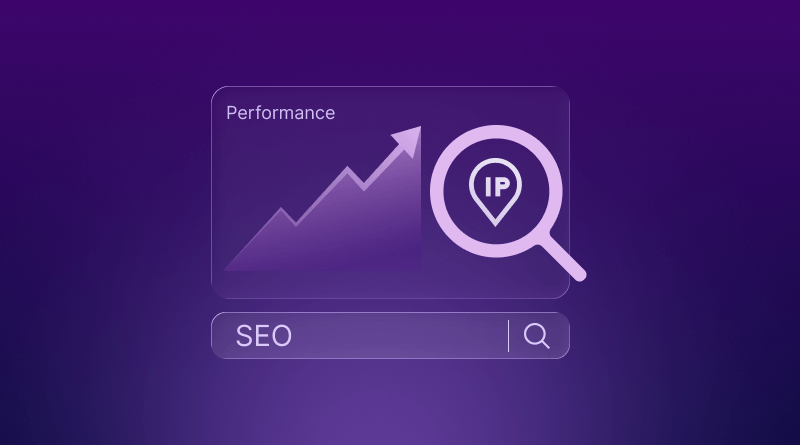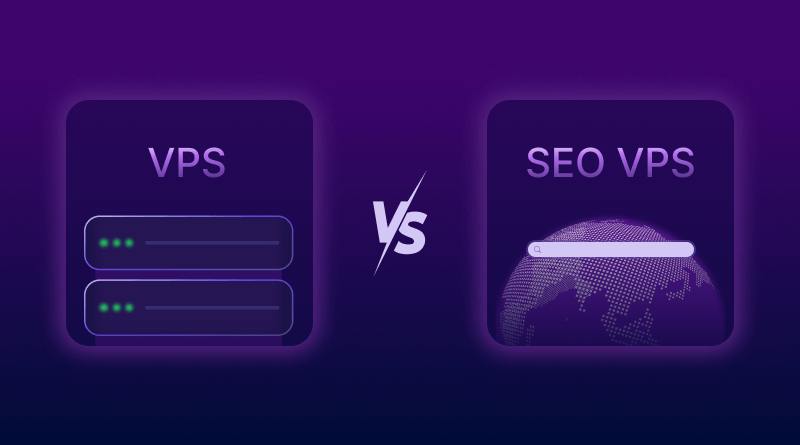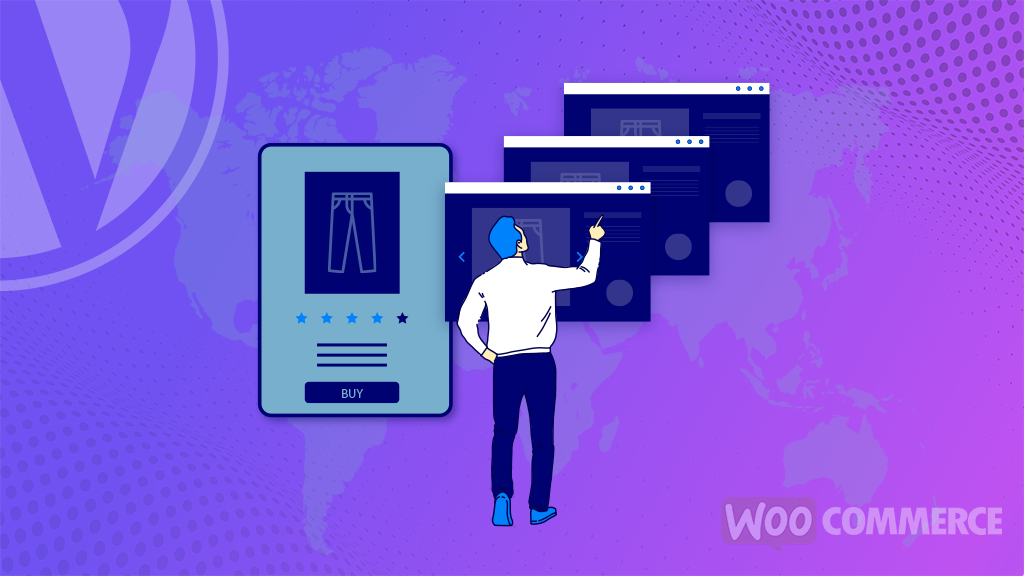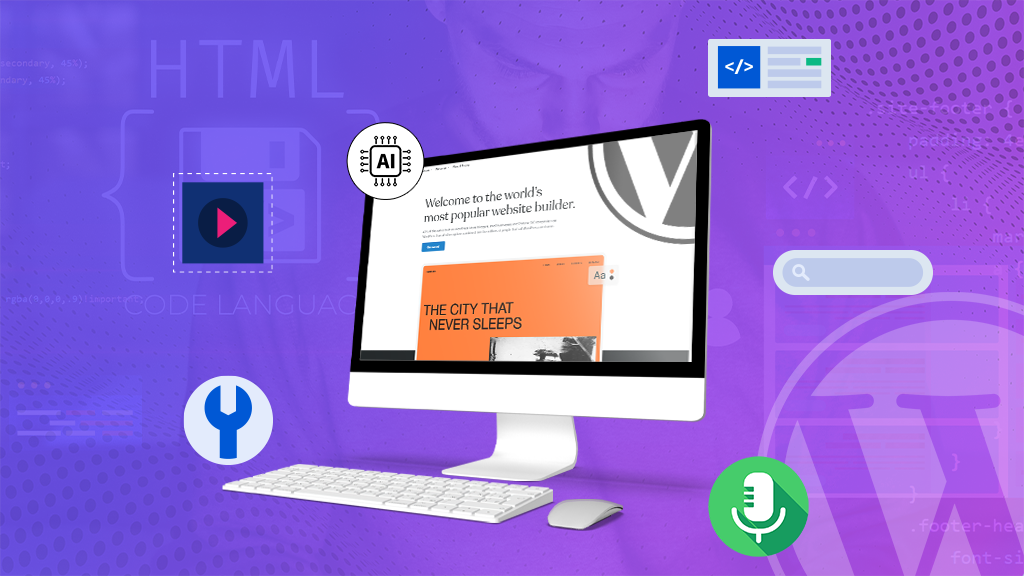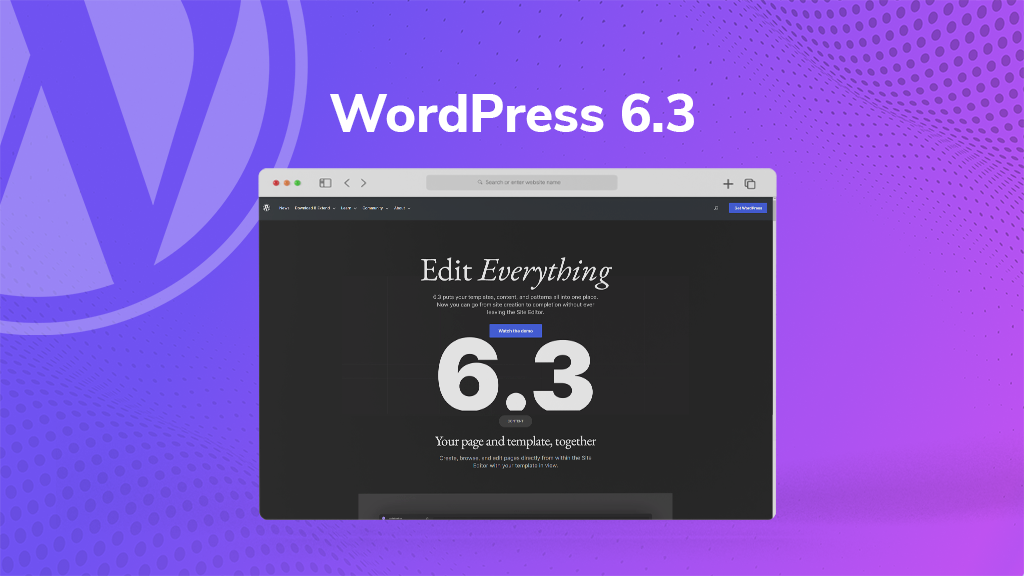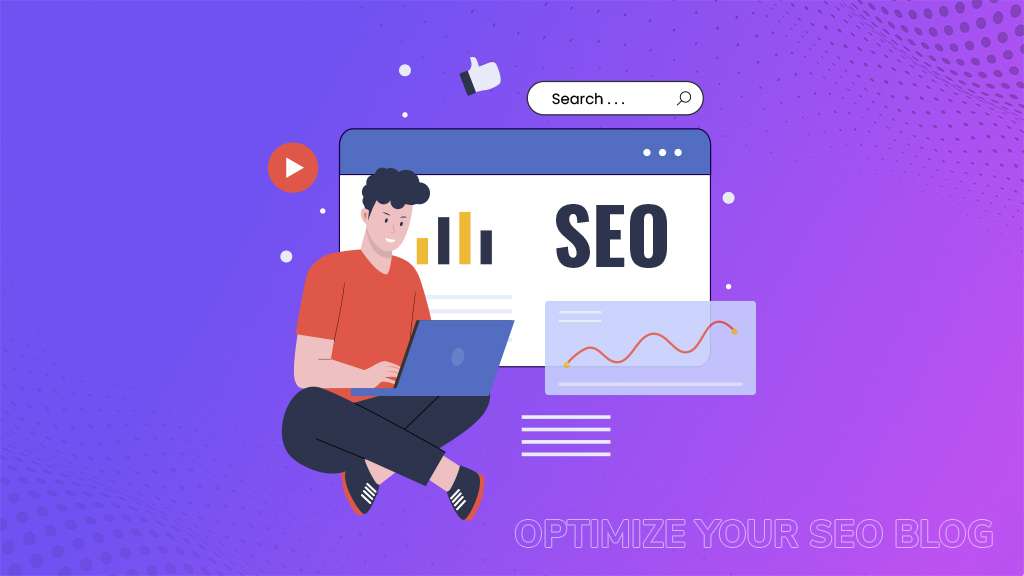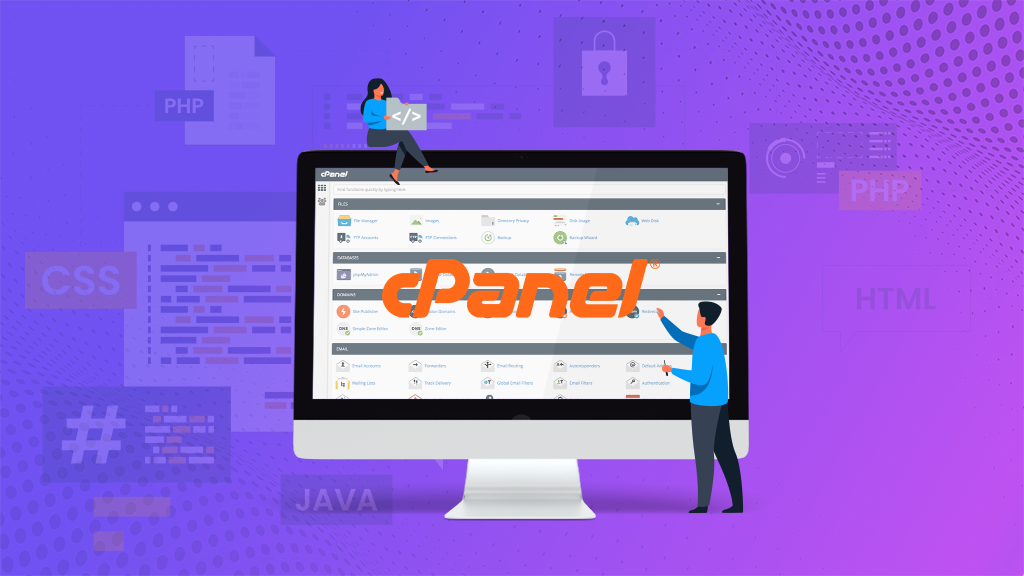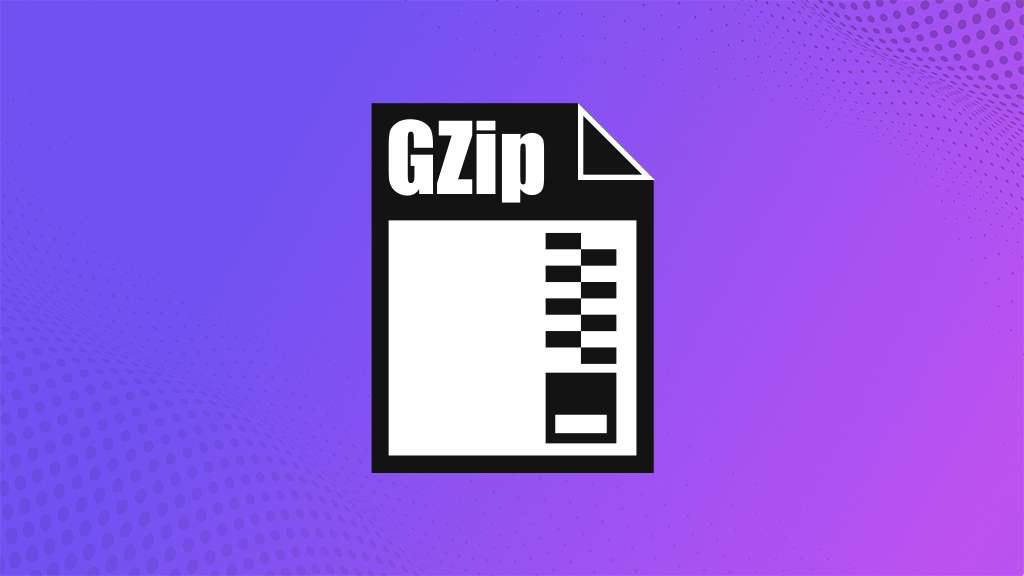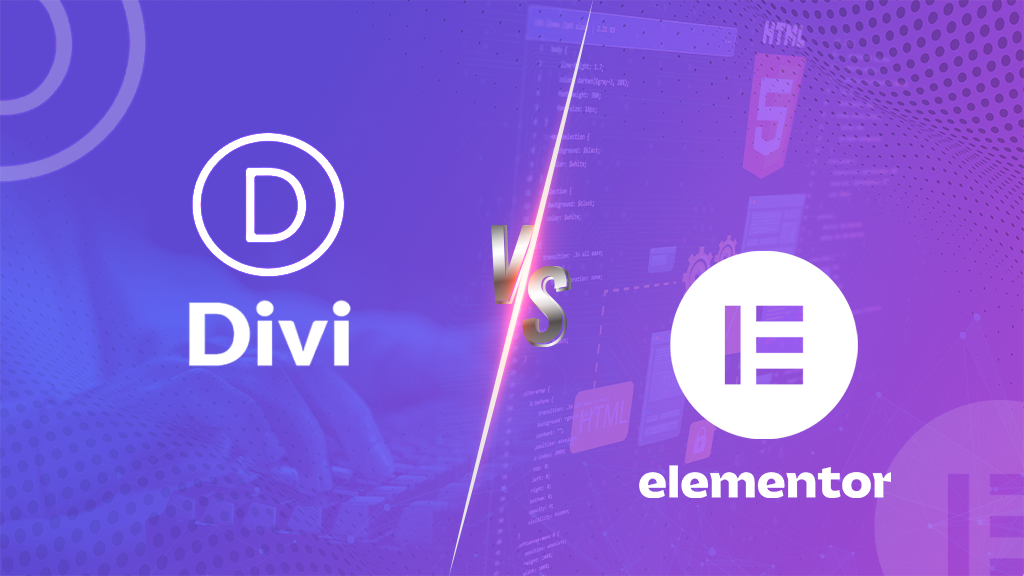
In the world of web design, picking the right tool for your WordPress website is crucial. It can determine whether your site thrives or struggles. There are lots of choices out there, which can be overwhelming. In this detailed guide, we’ll explore two powerful options: Divi and Elementor.
Introduction
1. Overview of WordPress Page Builders
A WordPress page builder is like a special tool you can add to your website. It lets you change how your site looks and works without having to do complicated stuff with the code.
You can use a page builder with your current theme, but it’s easier if you use a theme that’s made to work with the same builder. For example, if you use the Divi Builder Plugin, it’s better to use it with the Divi Theme. With a page builder, you can design your website by simply dragging and dropping different things where you want them. It’s like building with blocks.
But here’s the important part: If you start with a page builder and then want to switch to a different theme later, your changes might not stay. The new theme might erase what you did. So, it’s a good idea to decide at the beginning whether you want to use a theme or a page builder. To help you choose, let’s look at the good and not-so-good things about themes and page builders.
2. The Importance of Choosing the Right Page Builder
Selecting the right page builder is a critical decision that impacts your website’s functionality, design, and overall performance. It’s not just about aesthetics; it’s about ensuring that your website aligns with your goals, target audience, and content strategy.
i. No Coding Required: Build Your Website Effortlessly
Forget the complexities of coding. With a page builder, you can focus on your website’s content and design, sparing you the steep learning curve of programming. This user-friendly approach empowers anyone to create a professional-looking website, even if you’ve never written a line of code before.
ii. Design with Ready-Made Modules
Page builders provide a treasure trove of modules and blocks that simplify your page layout. Whether it’s adding a gallery, contact form, or any other element, you can effortlessly piece your website together like a jigsaw puzzle. It’s like having a toolkit of design elements at your fingertips, making web design accessible to all.
iii. Tailor Your Website’s Look
Your website should be as unique as your brand. With page builders, you can fine-tune every aspect of your site’s appearance. From choosing color schemes to adjusting fonts and adding interactive features, customization is a breeze. Shape your online identity exactly the way you envision it, down to the smallest detail.
iv. Fast-Track Your Website with Templates
Templates are your shortcut to a polished website in record time. By importing pre-designed layouts or creating your own reusable templates, you can jumpstart your web project. This saves you valuable hours and ensures consistency across your site’s pages. Get ready to impress your audience with a professional website in no time!
3. Introduction to Divi and Elementor
Divi and Elementor are two prominent WordPress page builders that have garnered immense popularity for their unique features and capabilities. In this guide, we’ll explore both options, providing you with the information you need to make an informed decision.
Understanding Divi
1. Background Information about Divi
Divi is a WordPress page builder developed by Elegant Themes. It has gained a reputation for its versatility and user-friendliness, making it a top choice for both beginners and experienced web designers.
2. Key Features and Benefits of Using Divi
i. Easy Drag & Drop Building
Move things around on your website just like you’d move icons on your computer. No need for complicated code or confusing settings hidden in the background.
ii. See Your Changes Instantly
Design your page and watch it change right before your eyes. You can create and adjust your pages using simple, easy-to-understand visual tools.
iii. Customize with Your Own Style
If you’re a tech whiz, you can mix Divi’s visual design tools with your own custom code. Divi keeps things simple, but it doesn’t hold you back if you want to get fancy.
iv. Perfect for Mobile Devices
Making your website look great on phones and tablets is a breeze. Divi is made to work on all screen sizes, and you can control how it looks on mobile too.
v. Endless Design Choices
You get lots of different things to put on your pages and tons of ways to make them look just right. Divi lets you be the boss of your website’s design.
vi. Edit Text Right on the Page
Want to change some words? Just click and type. It’s as easy as using a word processor. You can even see your changes as you make them.
vii. Save and Reuse Your Designs
Save as many custom designs as you want. You can use them again on new pages to save time and keep your site looking consistent.
viii. Design Your Whole Website
You can control how your whole website looks, not just individual pages. Divi is more than just a page builder; it’s a system for designing entire websites.
ix. Never Lose Your Work
Divi is like a fancy computer program. It lets you undo or redo things you’ve done, and it keeps track of all your changes. If you mess up, Divi can help you fix it.”
3. Pricing
i. Yearly Access
For $89 a year, the Yearly Access plan opens the door to a world of Elegant Themes products. With this plan, you’ll have access to Divi, Bloom, Monarch, and Extra themes. The best part? You can use these on an unlimited number of websites. It’s perfect if you’re looking to create and manage websites for yourself or your clients.
ii. Lifetime Access
Imagine having a lifetime pass to all the Elegant Themes products. That’s exactly what the Lifetime Access plan offers for a one-time payment of $249. You get the same features as the Yearly Access plan, but you won’t have to worry about renewals. It’s a fantastic choice if you plan to use Elegant Themes’ tools for the long haul, giving you endless creative possibilities.
Exploring Elementor
1. Background Information about Elementor
Elementor is a fantastic tool for building websites on WordPress. It has a free version that’s really powerful and lets you create your entire website without any extra cost. It’s great for beginners because it’s user-friendly and has lots of useful features. A while ago, they had something called Elementor Cloud Website, which handled everything from design to hosting and setting up WordPress. But now, they’ve replaced it with Elementor WordPress Hosting.
Elementor’s front-end editor is a big improvement over the basic editor that comes with WordPress. If you need more advanced features, you can buy add-ons for Elementor. It’s made for everyone, whether you’re just starting or you’re a pro. With Elementor, you can edit your pages directly on the live website, so you don’t have to switch between editing and previewing to see how your changes look.”

2. Key Features and Benefits of Using Elementor
Absolutely! Let’s make it simple and engaging with more details for each point:
When it comes to designing your website’s header and footer, Elementor gives you the ultimate power to create exactly what you envision. Whether it’s a striking header to grab attention or a beautifully designed footer with all the essential info, you have the creative freedom to make it just right for your site.
ii. Single Page/Post Templates
With Elementor, you can craft templates that control how your website’s individual pages and blog posts look. Imagine having the ability to customize the layout of each article or page, ensuring they look stunning and match your brand consistently.
iii. Archive Pages
Archive pages are where your blog posts or product categories come together. With Elementor, you can define how these pages look and how content is presented. It’s all about making your main content hub appealing and organized for your visitors.
iv. Search Page
Ever wanted to create a unique search page for your website? Elementor makes it possible. Now, your visitors can easily find what they’re looking for with a customized search page tailored to your site’s design and structure.
v. 404 Page Errors
Even when visitors get lost on your site, Elementor turns this into an opportunity. You can get creative with your 404 pages, offering a better and more engaging experience. Guide lost visitors back on track with style and charm.
vi. WooCommerce
Running an online store with WooCommerce? Elementor’s WooCommerce Builder lets you take full control of how your store looks. Customize product pages, shopping carts, and checkout layouts to create a shopping experience that resonates with your brand and customers.
3. Pricing Module
Elementor offers a free version with essential features, making it accessible to those on a tight budget. For advanced functionality and additional templates, there is a pro version available with various pricing plans.
i. Essential Plan
If you’re just getting started with Elementor and need it for a single website, the Essential Plan is your go-to choice. For an annual fee of $59, you get access to Elementor Pro features, allowing you to create stunning websites effortlessly.
ii. Advanced Plan
As your web presence grows, the Advanced Plan steps in. Priced at $99 per year, it offers Elementor Pro features for three websites. This plan is great if you’re expanding your online ventures and want more flexibility.
iii. Expert Plan
The Expert Plan is tailored for those managing multiple websites, up to 25 of them. For $199 a year, you can enjoy Elementor Pro features across your network of websites. It’s a smart choice if you’re a webmaster or handling numerous online projects.
iv. Agency Plan
If you’re an agency or a web professional with a vast portfolio, the Agency Plan has got you covered. Priced at $399 annually, it provides Elementor Pro features for a whopping 1000 websites. It’s the ultimate plan for those looking to create, manage, and maintain websites on a large scale.
Divi vs Elementor: Quick Comparison
| Divi | Elementor | |
| Features | Divi offers user-friendly front-end builders, making website design accessible to beginners. | Elementor also offers user-friendly front-end builders, making website design accessible to beginners. |
| Ease of Use | Divi’s frontend drag-and-drop builder is beginner-friendly. | Elementor also boasts an intuitive front-end builder for ease of use. |
| Speed | Divi websites can face speed issues, particularly on complex pages. | Elementor generally offers better performance and faster loading times. |
| Pre-made Templates | Divi offers an impressive collection of over 800 pre-made templates and layout packs. | Elementor provides hundreds of free templates to kickstart your design. |
| Design Options | Divi provides a wide range of built-in design elements and extensive customization options. | Elementor matches Divi’s extensive design capabilities with plenty of customization options. |
| Support | Divi offers excellent support through a knowledge base, documentation, videos, and forums. | Elementor also provides solid documentation and a supportive community. |
| Popularity | Divi ranks among the most popular premium page builders in the market. | Elementor holds the title of the most widely used free page builder globally. |
| Extendibility | Divi features an expansive theme builder with custom modules for extensive customization. | Elementor is compatible with numerous free and premium add-ons, enhancing its functionality. |
| Pricing | Divi comes at a cost of $89 for a personal plan, with a lifetime access option priced at $249. | Elementor offers a free version and a pro version for $59 per year, covering one website. |
Comparing Divi and Elementor
1. Ease of Use
Both Divi and Elementor offer drag-and-drop editors, making website building accessible to everyone. However, Elementor shines here because it provides a fixed sidebar for easy navigation. When editing with Divi, you’ll find options to start from scratch, choose premade templates, or clone existing pages. In contrast, Elementor offers a more user-friendly experience with a fixed sidebar and straightforward drag-and-drop functionality.
2. Modules & Sections
In Divi, you work with rows, sections, and modules. Sections are the main containers on your webpage, while rows and modules are the building blocks. Unfortunately, once you set a column layout, it can’t be resized easily without custom CSS. On the other hand, Elementor offers sections, columns, and widgets. Columns are flexible and resizable, providing more control. Elementor Pro also offers over 100 widgets and the option to add more through third-party add-ons, offering greater versatility.
3. SEO Friendliness
Consider SEO when choosing a page builder, as some may leave behind broken shortcodes when deactivated. Divi is one of those builders that can impact your site’s SEO negatively. In contrast, Elementor is SEO-friendly, focusing on clean code, which doesn’t clutter your site with shortcodes. Even if you deactivate Elementor, your website remains intact and SEO-friendly.
4. Styling Options
Both Divi and Elementor provide three tabs for controlling elements: content, design, and advanced. You can make various changes, such as adjusting text, colors, and animations. Elementor Pro offers the added benefit of custom CSS directly within elements. Divi also allows you to make design changes based on your visitors’ devices, offering a responsive experience.
5. Template Library
i. Ready-Made Designs
Both Divi and Elementor have impressive template libraries. Divi offers over 350 templates and 175 layout packs, which include multiple templates for designing entire websites. Elementor Pro boasts over 300 templates, 100+ website kits, and more than 50 widgets. Elementor’s website kits make it a standout choice for those who want to design entire websites more efficiently.
ii. Theme Builder
Divi’s Theme Builder provides a backend interface for all your pages, allowing you to easily edit and insert essential information. It also lets you create headers and footers for any page. Elementor’s Theme Builder, available in the Pro version, offers similar features. You select the page where you want to use the template, design it using theme elements, and publish it. You also have control over where to display the page on your website.
Divi vs. Elementor: Which One to Pick?
Choosing between Divi and Elementor can be a bit of a head-scratcher, but we’ve made it easier for you with these simple guidelines:
Go for Divi If:
- You run an agency and need to create websites for many clients. Divi’s lifetime plan, priced at $249, lets you build as many websites as you want, making it cost-effective for your business.
- You value top-notch customer support. Divi is known for its excellent customer service, which can be a game-changer when you need help.
- You’re a beginner looking for an easy-to-use tool, but Divi also offers advanced features for experienced designers who want to create stunning websites.
- You want access to both Divi Theme and Divi page builder, regarded as premium WordPress tools, when you subscribe to Elegant Themes.
Choose Elementor If:
- You’re a complete newcomer to website design and have zero coding skills. Elementor is incredibly user-friendly and a great starting point.
- You have just one website and don’t want to spend money on page-building tools. Elementor’s free version is a fantastic choice for budget-conscious users.
- You’re willing to learn and want to use both simple and more advanced design elements. Elementor offers both, allowing you to enhance the look of your websites.
- You already have a WordPress theme, or if you don’t, Elementor provides the “Hello Theme” in its free version, giving you a basic starting point for your website design journey.
So, whether you lean towards Divi or Elementor, there’s a choice for everyone based on your specific needs and expertise.
Conclusion
In conclusion, both Divi and Elementor stand as formidable choices for WordPress page building, each with its strengths and unique features. The decision ultimately hinges on your specific requirements and preferences. Whichever path you choose, rest assured that you have the tools to create a website that captures your vision.


